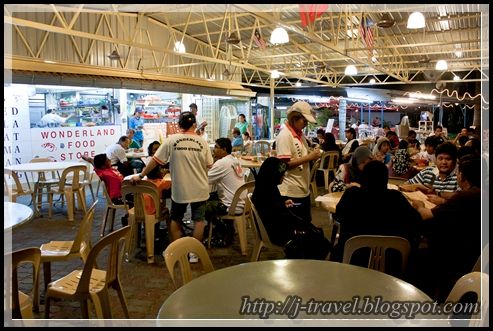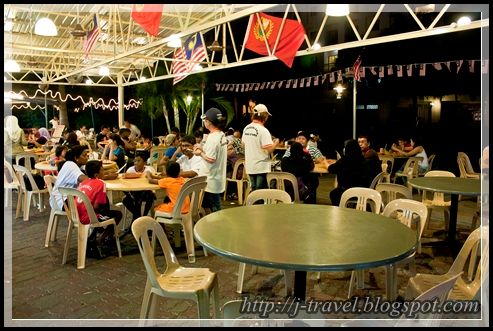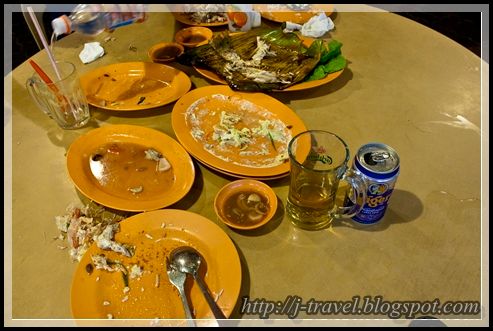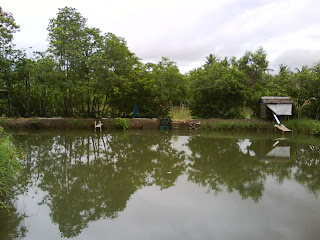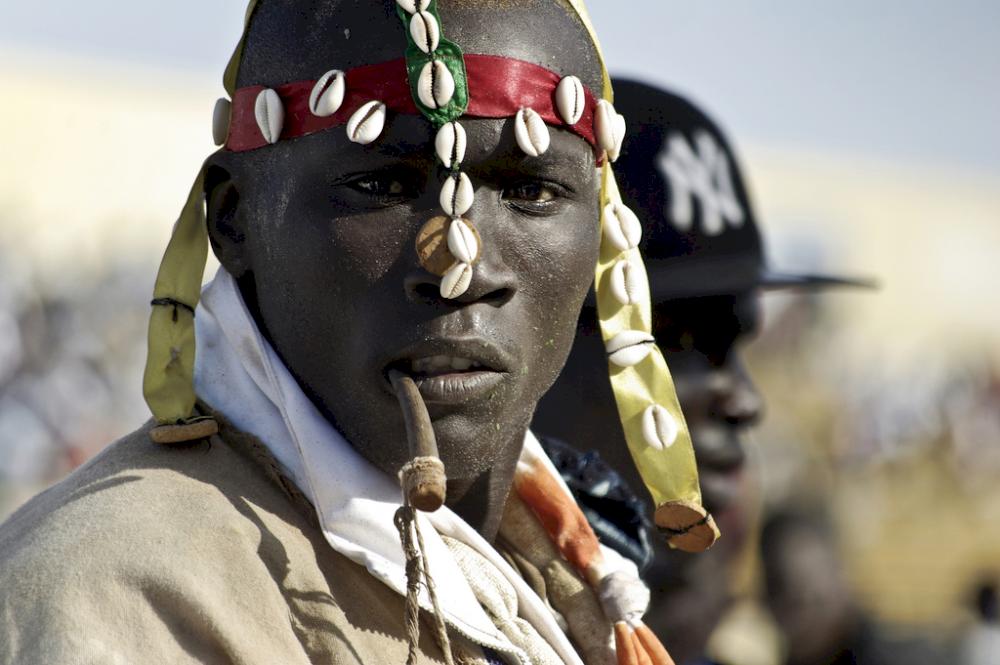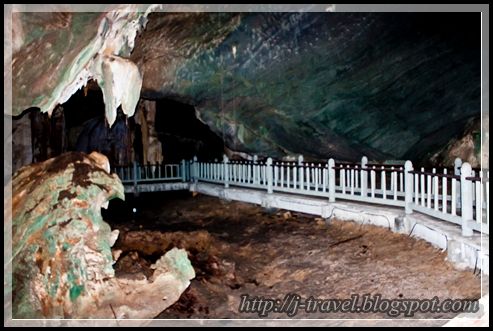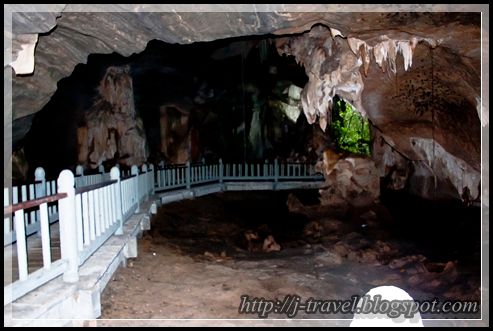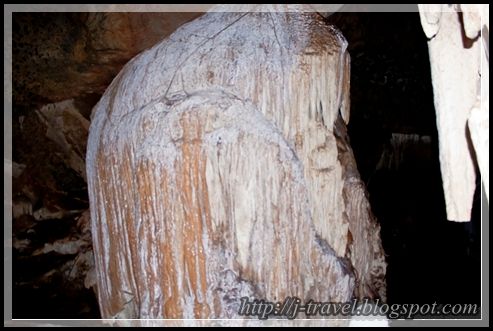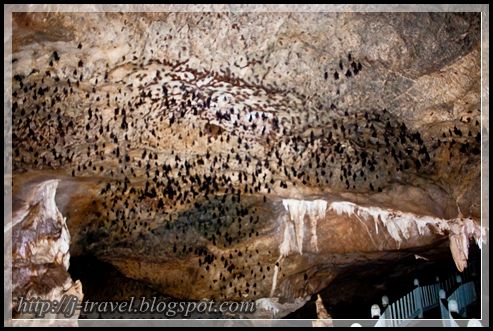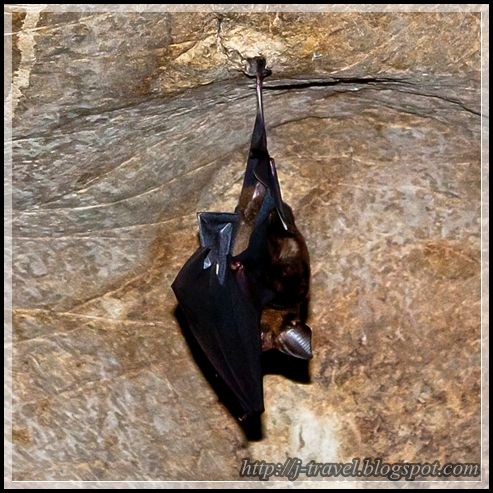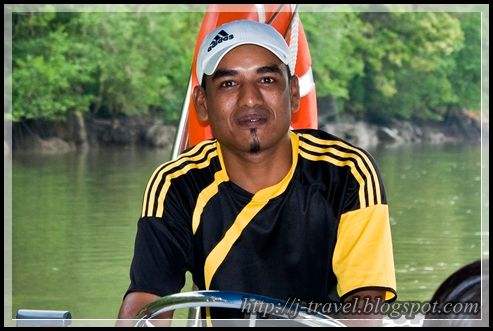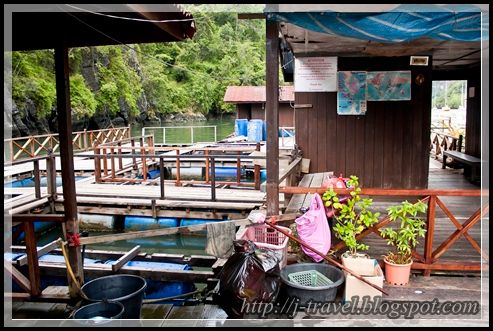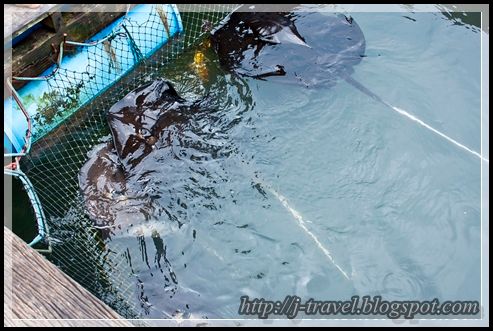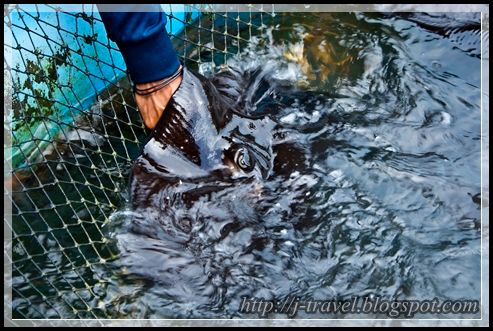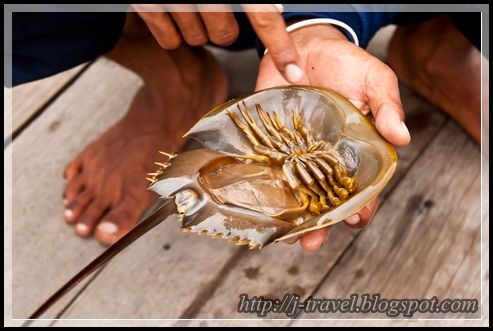We decided to had it at Wonderland Seafood Store (N6 19.479 E99 50.633), Kuah Town of Langkawi Island. It's because the restaurant is having many good reviews from online.
The Wonderland Food Store is located along Persiaran Mutiara 2 which is a inner lane from the Jalan Padang Matsirat main road. It's also exactly opposite the Bella Vista Hotel across the stream. We missed it while we passed by because the food store was without a signage and the kitchen is facing the road, luckily we navigated back by the GPS device.
It was crowded when we stepped in. And really strange that the next seafood restaurant was Empty! So we quickly got our table and placed the order...
The order :-
1) Baked fish
2) Steam prawn with egg
3) Mixed vegatables
4) OmeletteThe dishes served on our table were Super Fast! Impressed!
The Local Style Baked Fish
Steam Prawn with egg
Mixed vegetables
The Omelette
Overall the dishes served by the food store were Delicious! Especially the Baked Fish and the Steam Prawn. The sambal of the baked fish was different and tasty, the prawns were fresh! The vege and the omelette were average.
Most of the seafood restaurants in Langkawi don't serve Live Seafood, except a few at Pantai Cenang.
The Damage : MYR43.00 for 2 adults and 1 child included a can of Tiger Beer. Wah! It was Very Reasonable!!
Rated : 4.5/5
We enjoyed the dinner very much! We will DEFINITELY Come back again!
Related post :
* My Trip to Langkawi Island on September 2010
* Grand Continental Hotel at Kuah, Langkawi Island
* Underwater World of Langkawi Island
* Sunset Of Cenang Beach (Pantai), Langkawi Island
* The Lighthouse Restaurant at Tengah Beach (Pantai), Langkawi Island
* The Langkawi Cable Car at Langkawi Island.
* The Famous Sky-Bridge of Mount Machinchang, Langkawi Island.
* Restoran Nasi Kandar Tomato at Cenang Beach, Langkawi Island
* The Kilim Geoforest Park of Langkawi Island
* The Eagles Feeding at Kilim Geoforest Park of Langkawi Island
* The Fish Farm at Kilim Geoforest Park of Langkawi Island
* The Bat Cave at Kilim Geoforest Park of Langkawi Island
* Hole In The Wall Floating Restaurant at Kilim Geoforest Park, Langkawi Island
Location map of Wonderland Seafood Store @ Kuah Town, Langkawi Island
